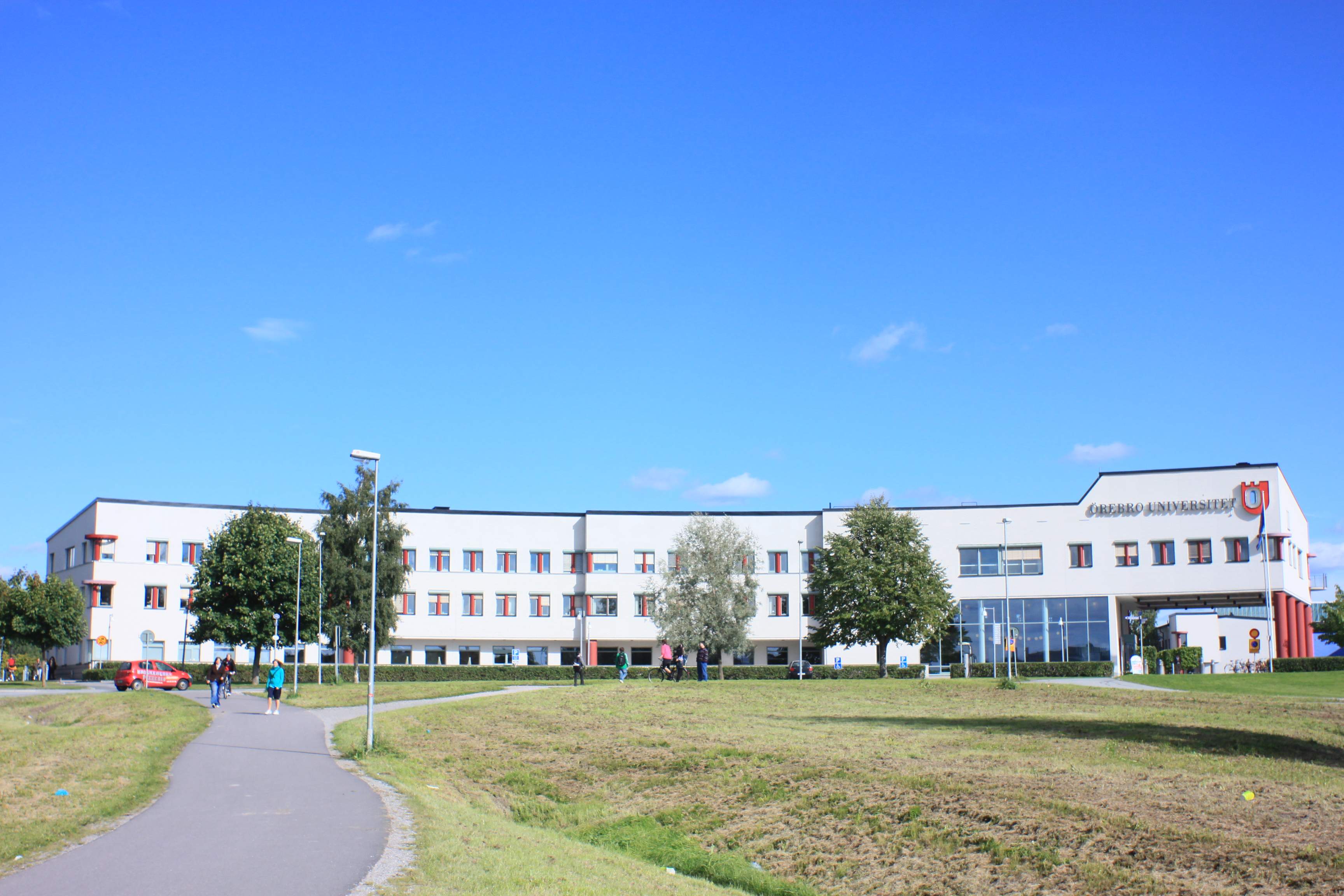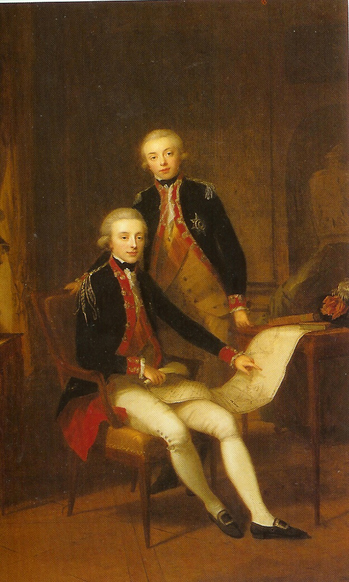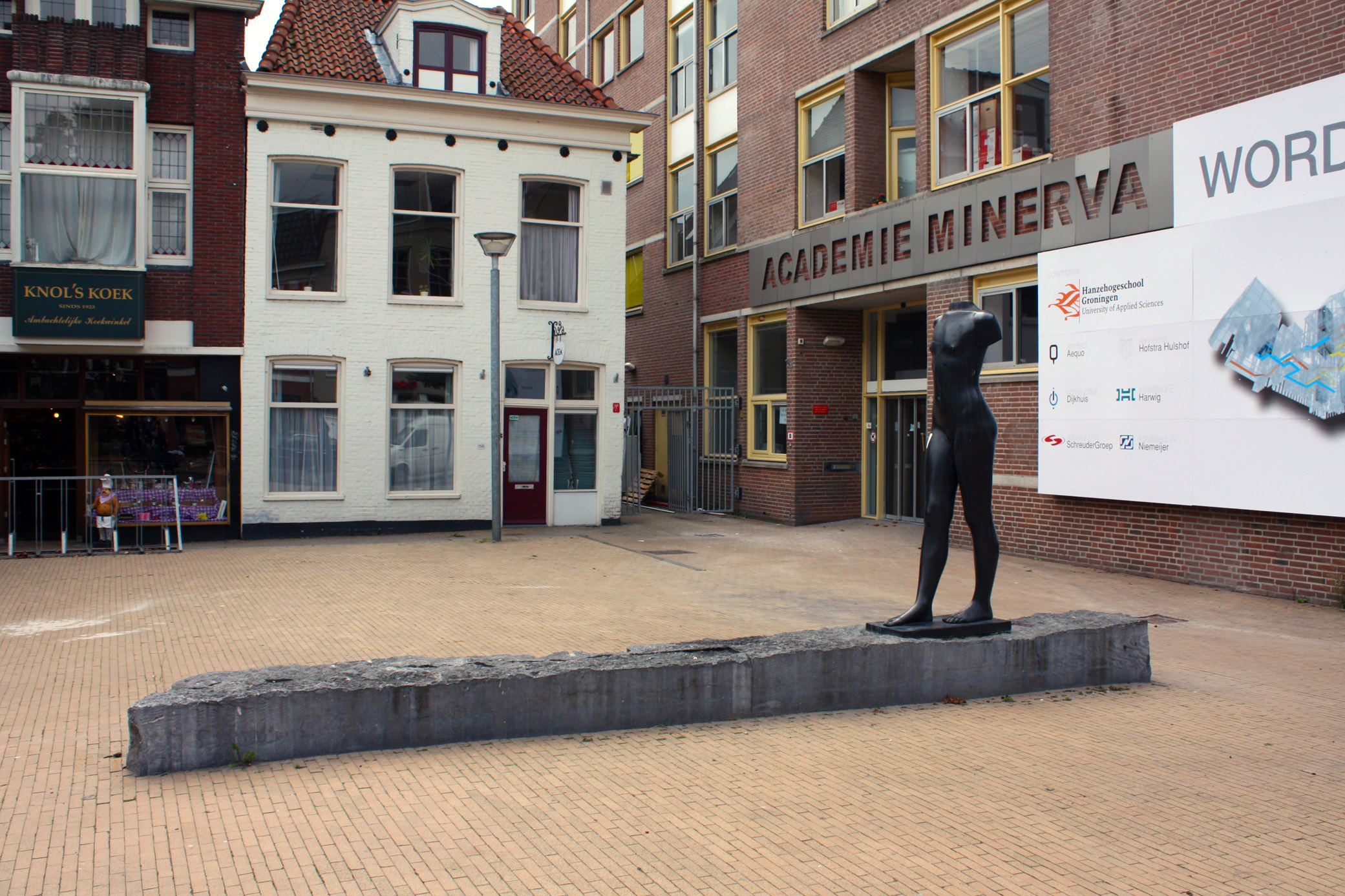|
Royal Academy Of Arts And Design ('s-Hertogenbosch)
The Royal Academy of Arts and Design was an academy for art education in 's-Hertogenbosch. In 2004 it merged with the Art Academy St. Joost from Breda to become the AKV St. Joost, Academy of Art and Design St. Joost located in both Breda and 's-Hertogenbosch. Names From 1812 to 2004 the Art Academy was known under multiple names : ''Académie impériale et royale de peinture, sculpture et architecture'' (1812) : ''Stads Academie voor Teeken- en Schilderkunst'' (1814) : ''Koninklijke School voor Nuttige en Beeldende Kunsten'' (1828) : ''Koninklijke School voor Kunst, Techniek en Ambacht'' (1918) : ''Koninklijke Academie voor Kunst en Vormgeving'' (1957) Académie Impériale et Royale The Art Academy was founded in 's-Hertogenbosch in 1812. At the time 's-Hertogenbosch was part of the French Empire of Napoleon Bonaparte since March 1810. In 1811 mayor mr. A.G. Verheijen proposed the foundation of a drawing academy to the city council. The first board of 1812 was painted b ... [...More Info...] [...Related Items...] OR: [Wikipedia] [Google] [Baidu] |
's-Hertogenbosch
s-Hertogenbosch (), colloquially known as Den Bosch (), is a city and municipality in the Netherlands with a population of 157,486. It is the capital of the province of North Brabant and its fourth largest by population. The city is south of the Maas river and near the Waal; it is to the north east of the city of Tilburg, north west of Eindhoven, south west of Nijmegen, and a longer distance south of Utrecht and south east of Dordrecht. History The city's official name is a contraction of the (archaic) Dutch ''des Hertogen bosch'' — "the forest of the duke". The duke in question was Henry I of Brabant, whose family had owned a large estate at nearby Orthen for at least four centuries. He founded a new town located on some forested dunes in the middle of a marsh. At age 26, he granted 's-Hertogenbosch city rights and the corresponding trade privileges in 1185. This is, however, the traditional date given by later chroniclers; the first mention in contemporaneous sou ... [...More Info...] [...Related Items...] OR: [Wikipedia] [Google] [Baidu] |
Vocational Education
Vocational education is education that prepares people to work as a technician or to take up employment in a skilled craft or trade as a tradesperson or artisan. Vocational Education can also be seen as that type of education given to an individual to prepare that individual to be gainfully employed or self employed with requisite skill. Vocational education is known by a variety of names, depending on the country concerned, including career and technical education, or acronyms such as TVET (technical and vocational education and training) and TAFE (technical and further education). A vocational school is a type of educational institution specifically designed to provide vocational education. Vocational education can take place at the post-secondary, further education, or higher education level and can interact with the apprenticeship system. At the post-secondary level, vocational education is often provided by highly specialized trade schools, technical schools, community ... [...More Info...] [...Related Items...] OR: [Wikipedia] [Google] [Baidu] |
Antoon Derkinderen
Antonius Johannes (Antoon) Derkinderen ('s-Hertogenbosch, 20 December 1859 – Amsterdam, 2 November 1925) was a Dutch painter, Glass artist, Draftsman and designer of book covers. Life Early Years Antoon Derkinderen was born in 's-Hertogenbosch in 1859 to Antonius Henricus Derkinderen, gold- and silversmith, and Hendrica de Rooij. At the time the town was deeply Catholic and conservative. From 1874 to 1878 Derkinderen went to the daytime school for primary school teachers in 's-Hertogenbosch. The simple reason why Derkinderen went to this school, was that the education was solid and free of charge. He also became qualified to teach drawing and mathematics. Derkinderen would lead the choir of this school with very much enthusiasm. In May 1878 Derkinderen qualified as an assistant teacher for primary education. In his hometown 's-Hertogenbosch, Derkinderen then went to the Royal School of Applied and Visual Arts from 1878 to 1880. This school was led by J.Th. Stracké. ... [...More Info...] [...Related Items...] OR: [Wikipedia] [Google] [Baidu] |
Remington Rand
Remington Rand was an early American business machine manufacturer, originally a typewriter manufacturer and in a later incarnation the manufacturer of the UNIVAC line of mainframe computers. Formed in 1927 following a merger, Remington Rand was a diversified conglomerate (company), conglomerate making other office equipment, electric shavers, etc. The Remington Rand Building at 315 Park Avenue (Manhattan), Park Avenue South in New York City is a 20-floor skyscraper completed in 1911. After 1955, Remington Rand had a long series of mergers and acquisitions that eventually resulted in the formation of Unisys. History Remington Rand was formed in 1927 by the merger of the Remington Typewriter Company and James Rand, Jr.#Rand Ledger and American Kardex, Rand Kardex Corporation. One of its earliest factories, the former Herschell–Spillman Motor Company Complex, was listed on the National Register of Historic Places in 2013. ''Note:'' This includes an''Accompanying photographs ... [...More Info...] [...Related Items...] OR: [Wikipedia] [Google] [Baidu] |
Vocational University
A university of applied sciences (UAS), nowadays much less commonly called a polytechnic university or vocational university, is an institution of higher education and sometimes research that provides vocational education and grants academic degrees. In some countries, a vocational university more precisely grants professional degrees like professional bachelor's degree, professional master's degree and professional doctorates. The term is not officially used in many countries and an assignment to a certain type of university in a certain country's educational system is therefore difficult. The UK once had a very extensive vocational university sector with its polytechnic system dating back to the mid-19th century. Vocational universities are often regulated and funded differently (for example, by the local government rather than the state) from research-focused universities, and the degrees granted are not necessarily interchangeable. Education The education at vocational uni ... [...More Info...] [...Related Items...] OR: [Wikipedia] [Google] [Baidu] |
Applied Arts
The applied arts are all the arts that apply design and decoration to everyday and essentially practical objects in order to make them aesthetically pleasing."Applied art" in ''The Oxford Dictionary of Art''. Online edition. Oxford University Press, 2004. www.oxfordreference.com. Retrieved 23 November 2013. The term is used in distinction to the fine arts, which are those that produce objects with no practical use, whose only purpose is to be beautiful or stimulate the intellect in some way. In practice, the two often overlap. Applied arts largely overlaps with decorative arts, and the modern making of applied art is usually called design. Example of applied arts are: * Industrial design – mass-produced objects. * Sculpture – also counted as a fine art. * Architecture – also counted as a fine art. * Crafts – also counted as a fine art. * Ceramic art * Automotive design * Fashion design * Calligraphy * Interior design * Graphic design * Cartographic (map) design ... [...More Info...] [...Related Items...] OR: [Wikipedia] [Google] [Baidu] |
William I Of The Netherlands
William I (Willem Frederik, Prince of Orange-Nassau; 24 August 1772 – 12 December 1843) was a Prince of Orange, the King of the Netherlands and Grand Duke of Luxembourg. He was the son of the last Stadtholder of the Dutch Republic, who went into exile to London in 1795 because of the Batavian Revolution. As compensation for the loss of all his father's possessions in the Low Countries, an agreement was concluded between France and Prussia in which William was appointed ruler of the newly created Principality of Nassau-Orange-Fulda in 1803; this was however short-lived and in 1806 he was deposed by Napoleon. With the death of his father in 1806, he became Prince of Orange and ruler of the Principality of Orange-Nassau, which he also lost the same year after the dissolution of the Holy Roman Empire and subsequent creation of the Confederation of the Rhine at the behest of Napoleon. In 1813, when Napoleon was defeated at the Battle of Leipzig, the Orange-Nassau territories ... [...More Info...] [...Related Items...] OR: [Wikipedia] [Google] [Baidu] |
Huib Luns
Huibert Marie Luns (6 June 1881, Paris – 24 February 1942, Amsterdam) was a Dutch painter, sculptor and writer. He also designed book covers, posters and medals. Biography Shortly after his birth, his parents returned to Amsterdam. His interest in art was inspired by a visit to the studios of Lawrence Alma-Tadema, a Dutch painter who lived in London. He received his first drawing lessons from the brothers and Theo Molkenboer, then went to the for arts and crafts in Amsterdam and served an internship at the Rijksakademie.Excerpt from ''Jaarboek van de Maatschappij der Nederlandse Letterkunde, 1945'' by S. Bottenheim @ DBNL. He established his first studio in Brussels, where his parents were then living, and became a member of ''Pour L'Art''; an association of young artists. While there, he worked with the Belgian sc ... [...More Info...] [...Related Items...] OR: [Wikipedia] [Google] [Baidu] |
Leadlight
Leadlights, leaded lights or leaded windows are decorative windows made of small sections of glass supported in lead cames. The technique of creating windows using glass and lead came to be known as came glasswork. The term 'leadlight' could be used to describe any window in which the glass is supported by lead, but traditionally, a distinction is made between stained glass windows and leadlights; the former is associated with the ornate coloured-glass windows of churches and similar buildings, while the latter is associated with the windows of vernacular architecture and defined by its simplicity. Since the traditional technique of setting glass into lead cames is the same in both cases, the division between 'leadlights' and 'stained glass' became less distinct during the late 20th century. The terms are now often incorrectly used interchangeably for any window employing this technique, while the term 'stained glass' is often applied to any windows, sculptures or works of art u ... [...More Info...] [...Related Items...] OR: [Wikipedia] [Google] [Baidu] |
Academie Minerva
Academie Minerva is a Dutch art academy. The academy was founded in 1798 in Groningen as a school for arts, architecture, construction engineering, and seamanship.Dijk, F. van (1998) ''Leraren van de Academie Minerva. Een keuze uit twee eeuwen kunstonderwijs in Groningen'' Groningen: Benjamin & Partners Today it is a school for fine art and design and part of the Hanze University Groningen. It offers three main fields: Fine Art, Design and Teacher of Fine Art and Design. The Leeuwarden based Academy for Pop Culture is also part of the Academie Minerva. This study has two directions, popular music and design. History In 1797 six citizens from Groningen took the initiative to found a school in Drawing, Construction and Shipping. The first lessons took place in January 1798 in a building made available by the city. Gerardus de San was hired as the headteacher of the drawing department. In October 1798 the lessons in construction and nautical sciences started. In 1820 the associa ... [...More Info...] [...Related Items...] OR: [Wikipedia] [Google] [Baidu] |






